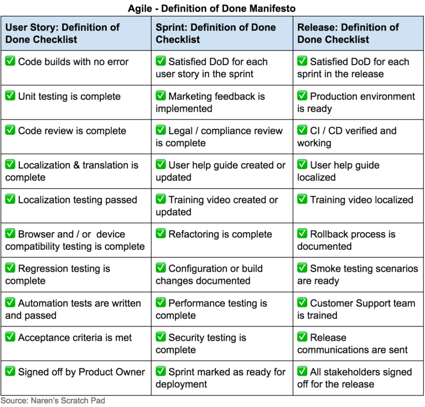A Quick Look at Operations Optimization

Operation and Process
Often when people hear the word “process” they associate it with bureaucracy. This is actually the opposite of what we mean when discussing an efficient work process in tech. An inexperienced CTO can lose a company revenue by not using an effective process. By having an effective process, you can manage risk and plan effectively. You provide a foundation for continuous improvement and track the status without constantly asking for updates. A skilled CTO has the ability to optimize processes to avoid time-wasting. This often results in delays and loss of business opportunities and revenue.
Leaders, such as CTOs, should consider the output when assessing a process. The ideal condition for a process is to be self-sustaining, so the team leaders don’t constantly attend to it on an ongoing basis. Luckily, over 71% of companies use the recommended Agile processes. Except for slow-moving and highly regulated corporations, this has now become mainstream. In Agile methodology, Scrum and Kanban are the two primary systems.
Processes and operations fall into three buckets. The first step is Product Planning & Prioritization, which defines outcomes and specifies schedules. There is then Development itself and finally DevOps/Operations. When a CTO can effectively manage these three steps, a project has come to a great start. Agile methods have been shown to save money by providing early customer satisfaction through frequent product delivery, being adaptable to changing requirements at any point, and focusing on the essential values of the product.
Managing Risk
The skills you possess as an effective CTO or business leader help you to manage technical and business risks efficiently. An unbalanced business operation may result in a flawed product or a business that is underperforming. Cybersecurity breaches, for example, require preventative and post-incident approaches to mitigate their threat. In this sense, a CTO strives to ensure a product offering meets end-user needs, resulting in a boost in sales and ensuring user satisfaction. It is common for institutions to learn from the mistakes of others. One such mistake is the spending of several months developing a product that the market does not respond to. This can be avoided. In this way, CTOs prevent the loss of sales or worse, going out of business.
Product Planning & Prioritization
During the project process, it is necessary for objective truth to be based on one source. When prioritizing, use a single source of truth as a guide. Those in charge of a project should also engage all stakeholders during the planning stage, including non-technical employees with practical experience. Following the assignment of project parameters to developers and other stakeholders, the development process begins. These parameters are the requirements based on the business’s goals and customers’ pain points. They ensure the business is viable and serves the client and end-users needs.
Development
An MVP (Minimum Viable Product) and several iterations are developed during the development phase. Teams using agile methodology would measure team performance and plan sprints using velocity tracking. An experienced CTO takes the responsibility of delivering a timely, functional, and high-quality prototype. By effectively structuring all story points and cycle times within the product plan, the team can save money on unnecessary repetition of development iterations. It also makes it easier to monitor progress within the plan.
Definition of Done
As part of the development checklist, the CTO must manage source control effectively and track changes to the code. Developers should always be using the right version of the source code. In directing teams to run linting and other tests like static code analysis and code reviews, a CTO creates a predictable process. This ensures a robust code process for smooth continuous integration.
 Once a project is deployed the DevOps/Operations cycle is performed, for increased proactivity, such as logging, monitoring, and alerting. A normal DevOps cycle continues after the initial deployment to include continuous enhancements. The team will continue with discussing thematic and technical road mapping, ensuring that what is deployed has met expectations.
Once a project is deployed the DevOps/Operations cycle is performed, for increased proactivity, such as logging, monitoring, and alerting. A normal DevOps cycle continues after the initial deployment to include continuous enhancements. The team will continue with discussing thematic and technical road mapping, ensuring that what is deployed has met expectations.
How to Save Time and Resources as a Startup
Are you in need of a CTO who can carry your startup through the roadmap planning & strategy? Contact Nubinary today to learn more about our services that assist startups and medium-sized companies through the most efficient process that is right for your business.
Related: How hiring a Fractional CTO is different from hiring a Dev-Shop


